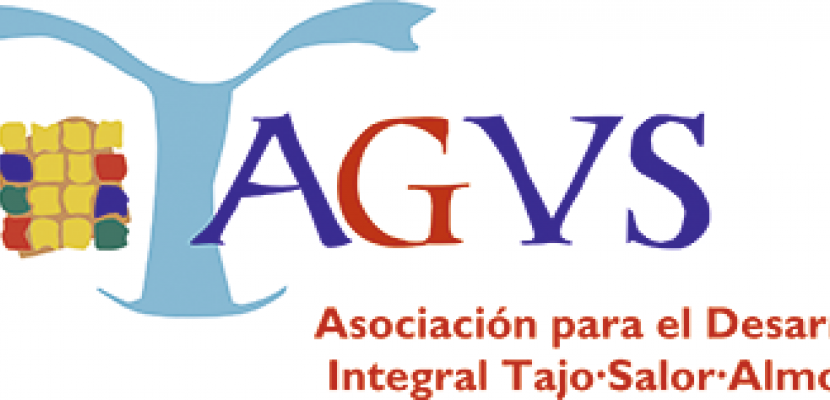Image

LAG TAGUS promoting Smart Specialisation in the scope of Rural Development
Published on 27 December 2018

Spain
Extremadura
This is the good practice's implementation level. It can be national, regional or local.
About this good practice
LAG TAGUS has developed and implemented a methodology to promote innovation in rural environments, based on Smart Specialisation and a new territorial governance model for the inclusion of knowledge agents into CLLD.
LAGs are non-profit associations responsible for the management of the Local Development Strategy of a specific territory in the rural environment. Public and private local socio-economic interests are represented in its organisation (participatory governance). Specifically, LAG TAGUS works in the territory of Tajo-Salor-Almonte, in the west of Spain. LAGs work to promote the activities that arise from entrepreneurs in the territory, acting as central catalysts so that initiatives arising in the territory can be materialized.
This methodology:
- Maximizes fund complementarities
- Enables territories to reach out to external funds: EIP-AGRI Operational Groups, H2020
- Promotes connection with regional RIS3 through strategic/lexical alignment and allows for more involvement of citizens in regional policies
What has worked well:
- They got external knowledge agents heavily involved
- They have managed to launch projects which otherwise wouldn’t have happened
- They have tapped into additional funding sources (operational groups) as leading partners
What is not working yet:
- Innovation ecosystem is seldom used by private agents
- Transformation is happening but still actively nurtured by the LAG: partial initiative transfer to private sector.
LAGs are non-profit associations responsible for the management of the Local Development Strategy of a specific territory in the rural environment. Public and private local socio-economic interests are represented in its organisation (participatory governance). Specifically, LAG TAGUS works in the territory of Tajo-Salor-Almonte, in the west of Spain. LAGs work to promote the activities that arise from entrepreneurs in the territory, acting as central catalysts so that initiatives arising in the territory can be materialized.
This methodology:
- Maximizes fund complementarities
- Enables territories to reach out to external funds: EIP-AGRI Operational Groups, H2020
- Promotes connection with regional RIS3 through strategic/lexical alignment and allows for more involvement of citizens in regional policies
What has worked well:
- They got external knowledge agents heavily involved
- They have managed to launch projects which otherwise wouldn’t have happened
- They have tapped into additional funding sources (operational groups) as leading partners
What is not working yet:
- Innovation ecosystem is seldom used by private agents
- Transformation is happening but still actively nurtured by the LAG: partial initiative transfer to private sector.
Expert opinion
Under the LEADER initiative, Local Action Groups (LAGs) are not-for-profit structures that are formed by multiple local stakeholders—public institutions, private actors, universities, civil society—and are operating under a bottom-up approach to elaborate regional rural development plans. LAGs can apply to the European Agricultural Fund for Rural Development (EAFRD) to support the implementation of regional rural development plans. The experience of the LAG TAGUS is indicative of a possible path for LAGs to design and implement their own Smart Specialisation Strategies (S3). As highlighted in the Good Practice, rural areas face different challenges compared to urban areas when supporting the innovation process. As a result, LAGs are efficient structures to identify weaknesses in the rural innovation system and finding possible solutions to address those weaknesses.
Works at
Interreg Europe Policy Learning Platform
Resources needed
The development of the local Smart Specialisation Strategy is incardinated inside Local Development Strategy for LEADER as a main axis related to innovation in the LAG. The total amount of this programme is 4,900,000€ approximately, in which other projects related to S3 are included.
Evidence of success
The main evidence of the outputs obtained is the empowerment and reinforce of the governance model. Other agents have actively incorporated to the work of the LAG, especially knowledge agents: Extremadura University and other public-private knowledge agents. By using EDP, it has been a process participated by the population (over 200 people) with public & private agents building a shared vision. In contrast in the private sector the influence and implication of the knowledge agent is yet minor.
Potential for learning or transfer
These are the main lessons learned regarding Smart Specialisation in the scope of Rural Development:
There are inherent difficulties for innovation to root in rural territories:
- Potential entrepreneurs move to the city for education and don’t come back, so there is a brain drain from the countryside to cities
- Rural companies are not prepared for intrapreneurship
- There are noto sectorial clusters but a high atomization
- Lack of physical proximity between rural companies and knowledge centres
- No critical mass for replication of success stories
- Lack of skills for communication with regional R&D bodies and managing authorities, for obtaining external funding opportunities, etc.
Moreover, rural innovation does not emerge spontaneously, has to be nurtured/catalyzed from within, and LAGs can play a critical role for this to happen
There are inherent difficulties for innovation to root in rural territories:
- Potential entrepreneurs move to the city for education and don’t come back, so there is a brain drain from the countryside to cities
- Rural companies are not prepared for intrapreneurship
- There are noto sectorial clusters but a high atomization
- Lack of physical proximity between rural companies and knowledge centres
- No critical mass for replication of success stories
- Lack of skills for communication with regional R&D bodies and managing authorities, for obtaining external funding opportunities, etc.
Moreover, rural innovation does not emerge spontaneously, has to be nurtured/catalyzed from within, and LAGs can play a critical role for this to happen
Further information
Website
Good practice owner
You can contact the good practice owner below for more detailed information.
Organisation
Local Action Group Tajo-Salor-Almonte

Spain
Extremadura
Contact
Project Manager
